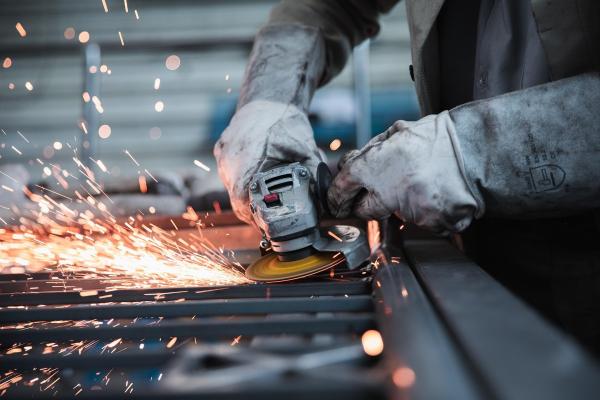Maximizing Efficiency and Quality with Advanced Techniques in High-Precision Manufacturing
High-precision manufacturing is an essential part of many industries, and advanced techniques are often necessary to maximize efficiency and quality. From the materials used in production to the accuracy required for a successful outcome, high-precision manufacturing requires precise calculations and careful attention to detail. The use of advanced techniques in this process can help ensure that products meet industry standards while still maintaining efficiency levels.
In this article, we will discuss the benefits of implementing advanced techniques into high-precision manufacturing as well as strategies for achieving maximum precision and repeatability with these methods. We'll also provide tips on how to maximize efficiency and quality with these powerful tools.
Types of Materials Used in High-Precision Manufacturing
The materials used in high-precision manufacturing must be carefully chosen and evaluated for their suitability for the process. Commonly used materials include aluminum, steel, and plastics. Each of these has its distinct advantages and disadvantages when it comes to precision machinery production.
Aluminum is lightweight, strong, and durable but can be difficult to machine accurately due to its tendency to warp and shift during machining processes. Steel is strong, durable, and relatively easy to machine but can be heavy and costly. Plastics are lightweight, cost-effective, and have excellent heat insulation properties but can lack the necessary strength for certain high-precision applications.
The Importance of Accuracy in High-Precision Manufacturing
Accuracy is a key factor in high-precision manufacturing, as it ensures that products are created to exact specifications. Accuracy can be difficult to achieve with traditional machining techniques such as milling and lathing, but advanced techniques such as wire EDM machining have made it possible for even complex components to be machined with extreme precision. Wire EDM machining is a process that uses a thin wire as an electrode to cut through materials at very fine tolerances, making it ideal for high-precision parts and components.
Another advanced technique often used in high-precision manufacturing is laser cutting. Laser cutting uses a focused beam of light to cut through materials, providing superior accuracy and repeatability compared to traditional methods. This makes it ideal for intricate components with tight tolerances that need to be machined quickly and accurately.
Business owners nowadays tend to read more about laser cutting to see how they can fully utilize this groundbreaking technology. With such knowledge and equipment in their hands, they can ensure that their products are of the highest quality.
Like any machining process, accuracy must be monitored and maintained throughout the manufacturing process. This means that any errors or inaccuracies should be identified quickly so they can be corrected before production is completed.
Strategies for Maximizing Efficiency and Quality with Advanced Techniques
When it comes to high-precision manufacturing, efficiency, and quality are essential for creating successful products. Advanced techniques such as wire EDM machining and laser cutting can help maximize efficiency and quality by reducing the number of steps required to produce a component and increasing accuracy.
It is important to ensure that all equipment and tools used in high-precision manufacturing are properly maintained and calibrated to guarantee accuracy. Regular maintenance should be performed on machines to keep them running at optimal performance levels. Additionally, materials should be stored and handled according to manufacturer instructions to ensure that they remain in good condition throughout the process.
Finally, it is important to use the right tools for the job. Using cutting-edge technology such as computer numerical control (CNC) equipment can help streamline processes and reduce errors. Additionally, utilizing the latest software and programs can help automate processes, maximize accuracy, and minimize wastage.
How to Get Started with High-Precision Manufacturing
High-precision manufacturing is a complex process that requires specialized equipment and training. Before beginning the manufacturing process, it is important to evaluate the needs of the project to ensure that all necessary tools and materials are available.
It is also important to find a reliable supplier for raw materials and CNC machines. A good supplier should be able to provide quality parts and services that meet the required specifications. They should also have experienced technicians available who can help with the programming and maintenance of the CNC machines.
Finally, it is important to find a manufacturer that has experience in high-precision manufacturing. They should be able to provide advice on which materials and techniques to use for the best results.
Now that you know the basics of high-precision manufacturing, you can begin to explore advanced techniques and strategies for maximizing efficiency and quality. With the right tools and expertise, it is possible to create products with unparalleled accuracy and repeatability. High-precision manufacturing provides a competitive edge in many industries, so take advantage of the advantages it has to offer and make sure your products stand out from the rest.

